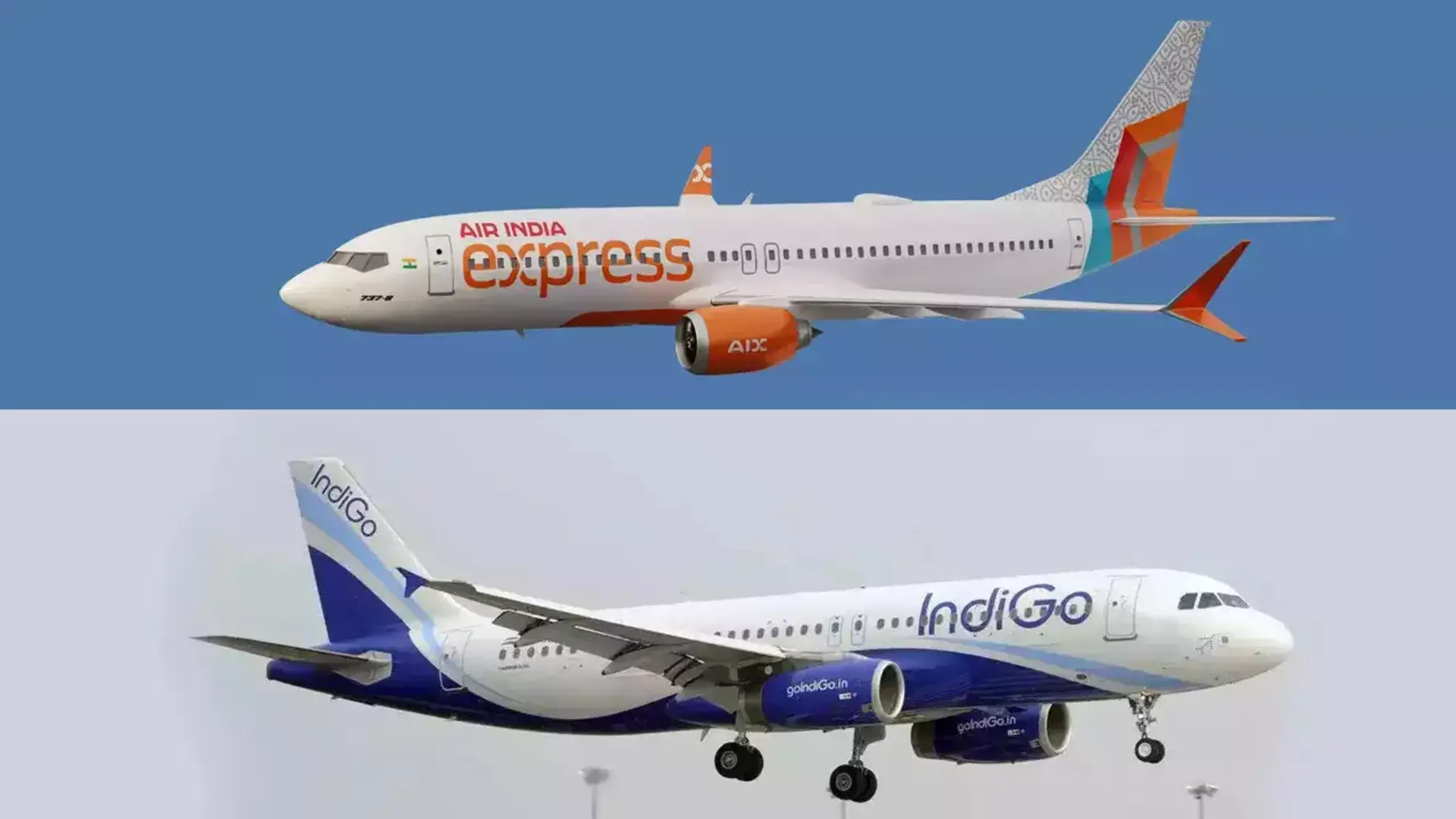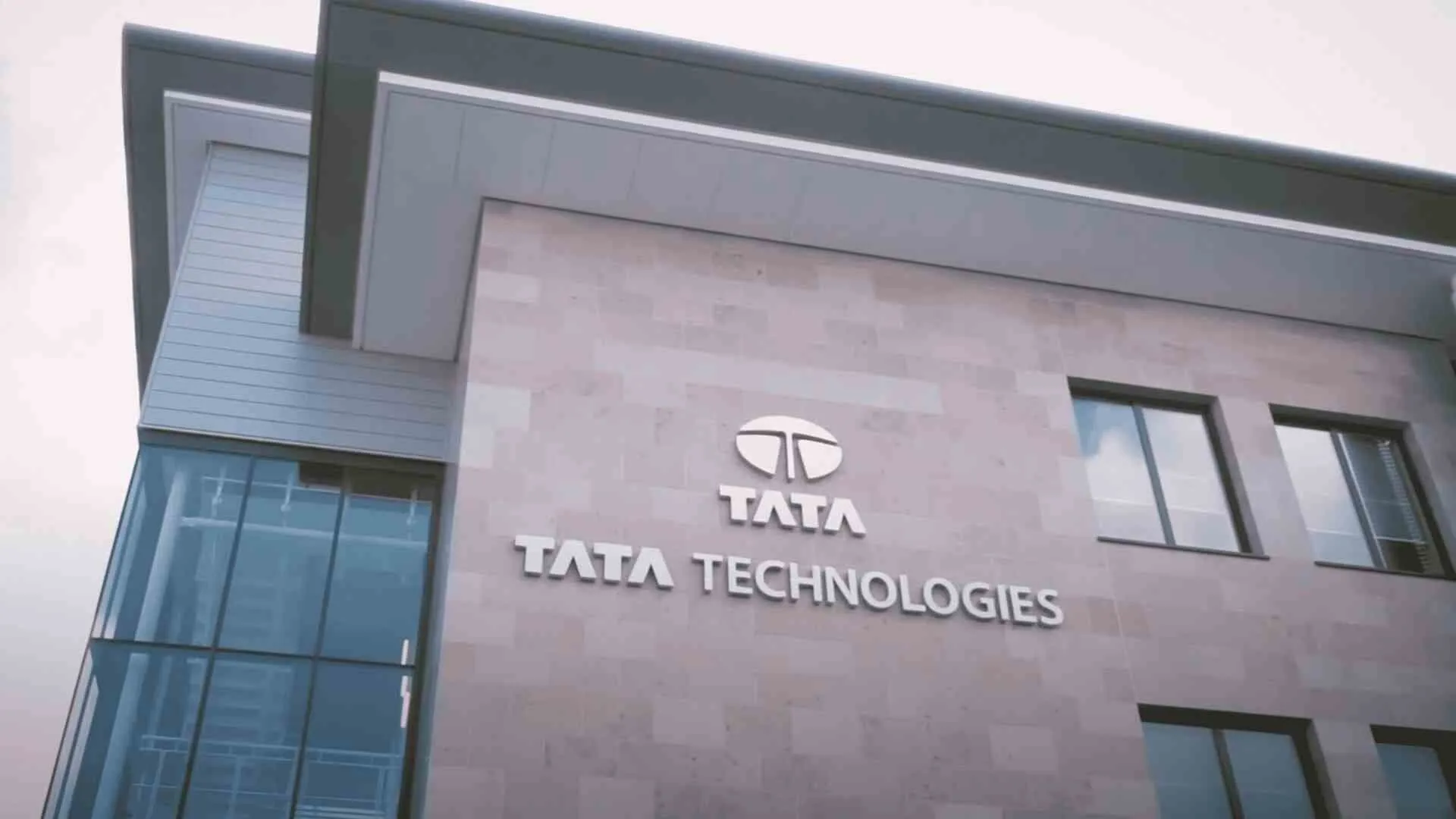The upcoming merger of Vistara with Air India marks a pivotal shift in India’s aviation industry, setting the stage for a fierce competition between full-service luxury offerings and budget-friendly options as IndiGo dominates the low-cost market.
On November 12, 2024, Vistara, a premium airline co-owned by Tata Group and Singapore Airlines, will merge with Air India, also under Tata ownership. This merger, two years in planning, will make Air India India’s sole full-service airline, concluding the era of multiple premium carriers.
The merger coincides with rapid growth in India’s aviation sector. According to a report by OAG, India secured its position as the world’s third-largest domestic aviation market in May 2024, surpassing Brazil and Indonesia. Dominated by IndiGo and Air India, the industry boasts over 1,000 aircraft on order and commands nearly 90% of the domestic seating capacity. Low-cost carriers, like IndiGo, account for 78.4% of India’s domestic capacity, driving this growth at an annual rate of 6.9%, the highest globally among top aviation markets.
### The Evolution of Indian Full-Service Carriers
India’s aviation landscape has evolved significantly. Traditionally dominated by full-service carriers offering luxury amenities, the market shifted after the decline of Kingfisher Airlines and Air Sahara’s merger with Jet Airways. These events highlighted the challenges of sustaining full-service operations in a cost-sensitive market. The 2012 policy shift, allowing foreign investment, introduced players like Vistara and AirAsia India, heightening competition.
Since its inception in 2015, Vistara, with Singapore Airlines backing, has catered to premium domestic travelers. This merger now allows Tata Group, which acquired Air India in 2021, to consolidate resources, expand Air India’s network, and strengthen its market position. Integrating Vistara’s high standards with Air India’s offerings will be critical to the merger’s success. Notably, Singapore Airlines’ 25.1% stake in the new entity provides additional resources and expertise, especially for international route management.
### Rise of Budget Airlines
IndiGo leads the booming low-cost market, offering affordable, efficient travel options that have made it the dominant airline in India. The success of IndiGo and similar carriers reflects the high demand for budget travel, creating challenges for full-service airlines to remain profitable.
This merger between Vistara and Air India aims to fortify Air India as India’s leading full-service airline. Meanwhile, budget carriers are bridging the gap with premium offerings, as seen with IndiGo’s introduction of business-class services like IndiGoStretch, catering to the demand for affordable luxury. If successful, IndiGo’s move into premium services could challenge Air India’s position in the luxury market.
### The Future of Air India
Tata Group’s vision for Air India extends beyond expanding its fleet, now projected at 210 aircraft with 470 more on order. Addressing operational and service-related issues within Air India is crucial for the airline to compete globally. Leveraging Singapore Airlines’ expertise should enhance Air India’s international reach, positioning it as a competitive force on the world stage.
### Challenges Ahead
Post-merger, managing customer expectations will be a key challenge. Vistara’s loyal customer base, accustomed to premium services, may worry about potential service changes. Additionally, heightened competition with IndiGo will keep both airlines vying for market share, intensifying rivalry in India’s dynamic aviation landscape.









